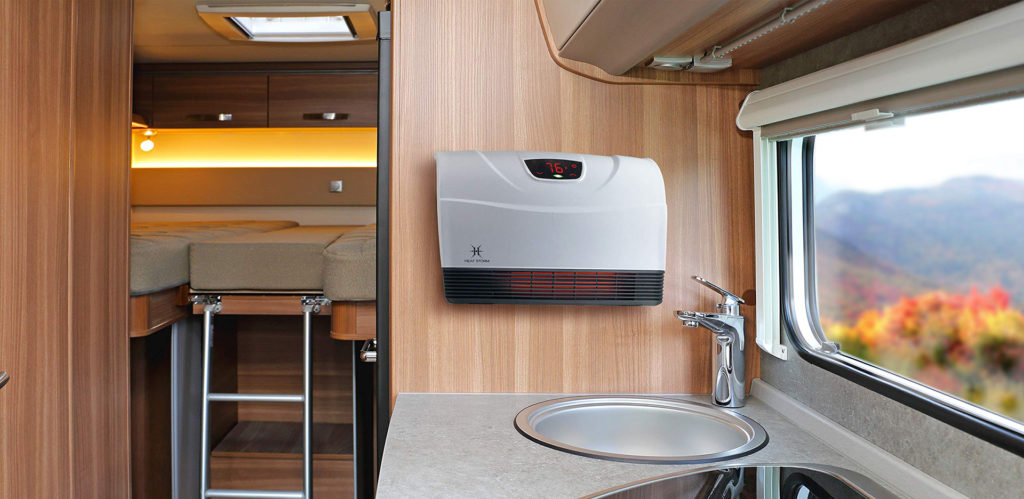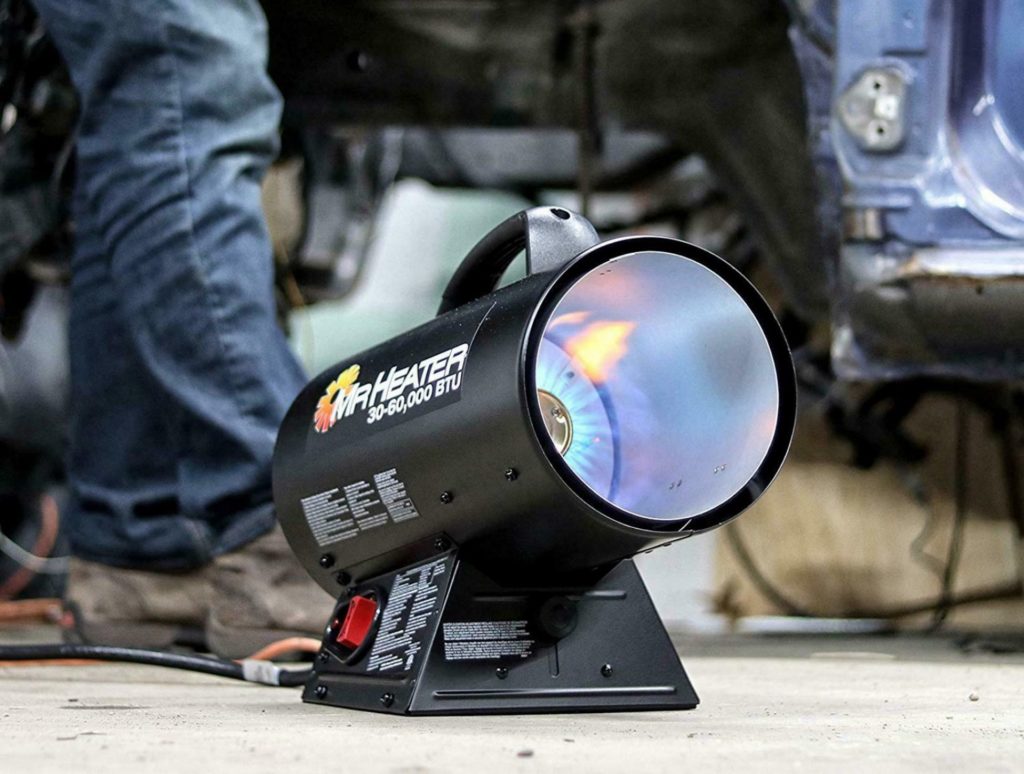

When you have a space that can sometimes be cold, the way you heat it can make a big difference in comfort and cost. Luckily, there is a variety of heating options, from electrical to gas. Portable heaters that can work wonders for smaller or even larger spaces, and propane heaters are becoming increasingly popular due to the fact that they can heat a space in a very short amount of time. They are particularly great for heating outdoor spaces at night, during parties or gatherings, or even for more commercial spaces like restaurants with patio seating. They can be dangerous, though, so it’s important that you follow instructions very closely. If you need to know how to light a propane heater, keep reading!
When choosing the right propane heater for your space and needs, one of the most important considerations to keep in mind is the size of the propane heater. Picking the wrong size for your space can cause a variety of troubles, whether too large or too small, and can sometimes even be dangerous. This is because a propane heater not only makes your place warmer, it also produces carbon monoxide, which is a harmful gas that you want to avoid in enclosed spaces.
If you choose a propane heater that’s too large for your space, it runs the risk of making too much carbon monoxide for that space, which can be dangerous for you and your friends and family, and even pets and houseplants!
Smaller propane heaters typically work exceptionally well for smaller spaces, like outdoor patios or decks. Larger heaters are commonly used for more commercial spaces or business properties. For heaters power, the standard measurement used is British thermal units, or BTUs. A BTU is the amount of energy needed to heat 1 pound of water by 1-degree Fahrenheit.
Small propane heaters can typically create up to 5000 BTUs in about an hour, which makes them great for outdoor activities like camping. Whereas larger propane heaters can generate anywhere from 10,000 BTUs to up to 45000 BTUs in an hour, which is why they’re a better fit for larger spaces such as warehouses.
Safety features of your propane heater can also ensure that your heater is staying as safe as possible. The product can come with automatic shut-off functions, heat-resistant burners, and weather shields, which can all help make your propane heater safer to operate.
Remember that propane heaters are made for outdoor use only unless you have a specific model rated for indoor use.
Once you have the right size heater for the space you’re looking to warm, it’s time to set up your heater so you can move on to lighting it. Remember to use your heater outdoors, and that if you’re using it in an indoor/outdoor space, such as a garage or warehouse, that it’s placed near proper ventilation to prevent carbon monoxide poisoning. Heaters can also be pretty heavy, so take care when moving them, as you might need help from others. Once you have your heater in place, remember to perform a safety check to make sure nothing has been moved out of place. It’s especially important to check the regulator for any damage before you hook up the gas, as this part of the heater controls the flow of gas to keep your heater working properly and avoiding the risk of fire or even explosion.
If your regulator has noticeable cracks or feels loose, that is a sign that it could be damaged, and you shouldn’t light your heater.
If you’re satisfied that your propane heater is ready to go, then you’ll need to remove the valve cap and attach your heater to the propane tank. The valve cap can be usually found on the top of your heater, and they’re often very tightly screwed on. Once it’s attached, twist it to the medium setting before you light the heater. Just remember not to use the propane heater indoors and to never sleep with the propane heater running because there is a high risk of carbon monoxide poisoning.
Now that your heater has been placed in the right position, has been inspected for safety purposes, and has been connected to the propane tank, it’s time to light the heater. You’ll need a match or lighter. Light your match or lighter and then hold it near the mesh of the heater, making sure to keep it around 1 inch from the mesh itself. If your propane heater has wiring in front of the mesh screen, you’ll need to use extra-long matches to light your heater, as this wiring is in place to protect your hands. With your open flame in front of the mesh, you will now need to press the safety shut-off valve button. The button is typically situated close to the mesh, so you shouldn’t have to search or reach far to find it. Pressing the button should fire the burner, and the gas should ignite from your open flame. Once this happens, you’ll need to keep the shut-off valve button pressed for another 30 seconds or so. Once that time has passed, slowly release the button. If you release it too quickly, it may extinguish your heater, and you’ll have to light it again.
Now that your heater is lit and warming your space, you’ll need to know how to shut it off once you’re finished using it. Safety matters here, too, so make sure you check with the specific manufacturer guidelines for your own propane heater, but the following steps should keep you on track.
The first thing you should do is turn the regulator to the “off” position. This will stop propane gas from feeding into your heater. Once the regulator is turned to off, immediately close the propane tank valve. You’ll want to make sure it’s closed tightly, as any propane that leaks out from an improperly closed valve can be dangerous. Because your propane heater has been heating your space for some time, the heater itself will still be very warm, or even hot, so you should be careful not to touch it until it’s had time to cool down fully. Once the heater is completely cooled (this can take anywhere from 10-30 minutes depending on the size of your heater and space it’s been placed), you’ll need to detach the propane tank from the heater. Turn the rubber fastenings until the propane tank easily comes away. Then place the valve cap. You may need to use a glove to make sure it’s attached as tight as possible.
When storing your heater, it’s important to keep it face down to prevent water from clogging the heater or damaging the unit.
While lighting a propane heater may seem like a difficult or even frightening or dangerous task, it’s actually not hard at all, and as long as you follow the required safety steps, your propane heater can be heating your space any time you need it. So now that you know how to light a portable propane heater, don’t be afraid to find one that best fits your needs.





